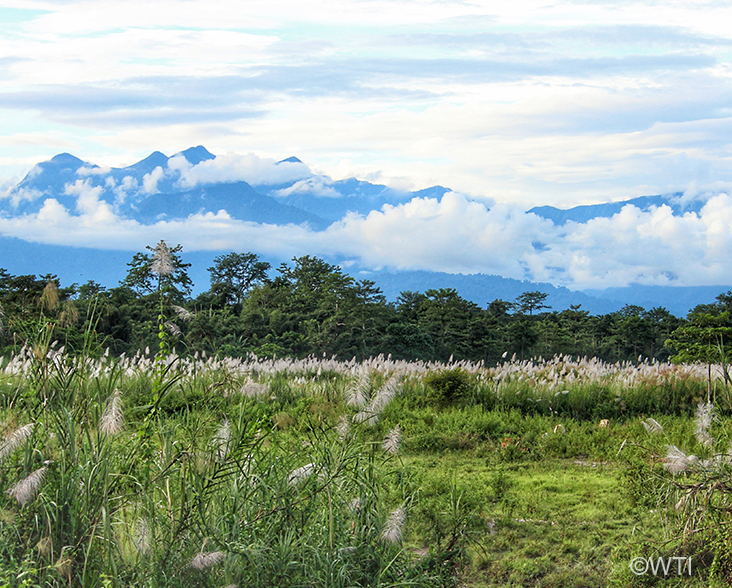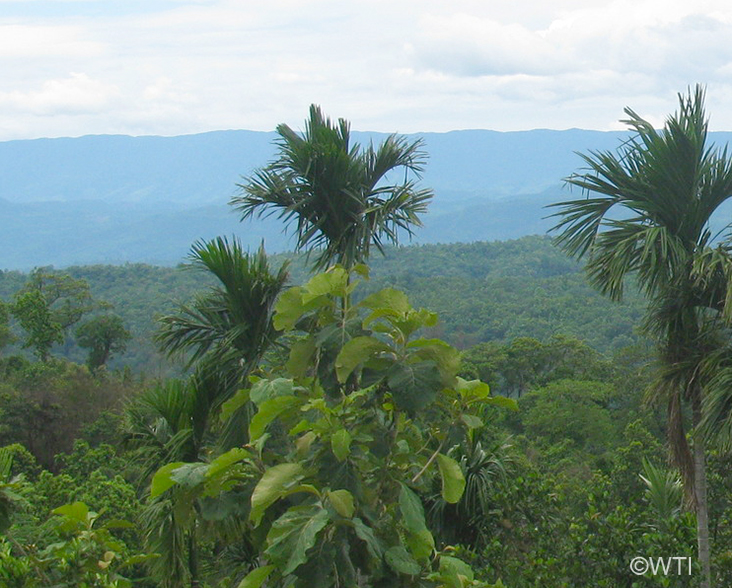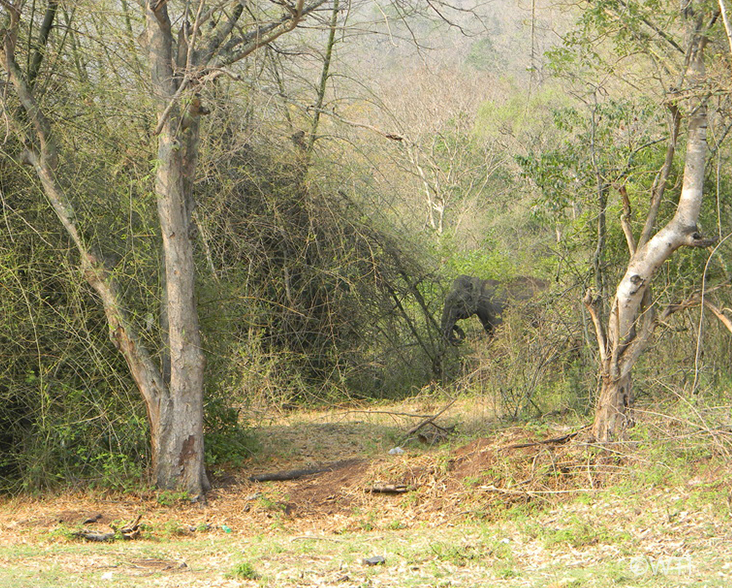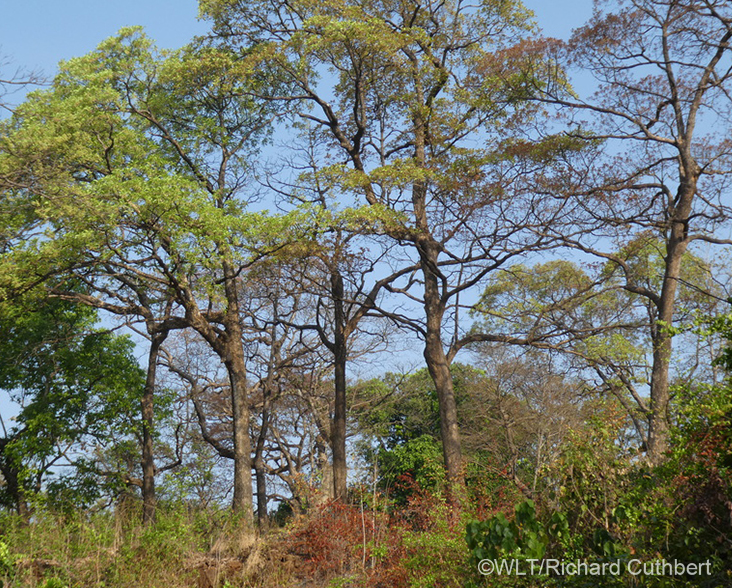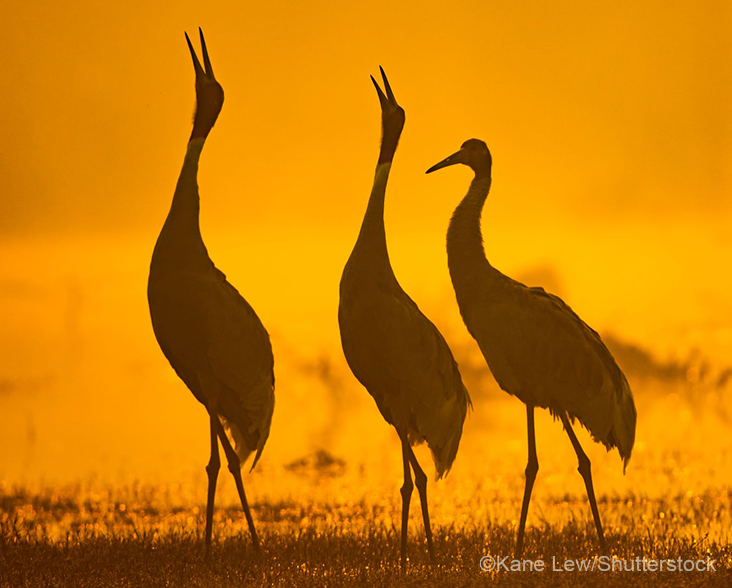Nearly 8% of all the world’s species can be found in India, a testament to its diverse range of habitats. Wildlife thrives here in dry deserts and plains, wetlands and tropical rainforests, high mountain ranges and Himalayan tundra, and rich seas that wash onto more than 4,500 miles of coastline.
India is home to more Asian Elephants than any other country, as well as bears, rhinos, lions, tigers, and three types of leopard. The country’s reptiles and amphibians are characterised by a high degree of endemism: 47% and 61% respectively. India also harbours over 1,300 species of bird and 20+ primate species, including monkeys, gibbons and lorises.

